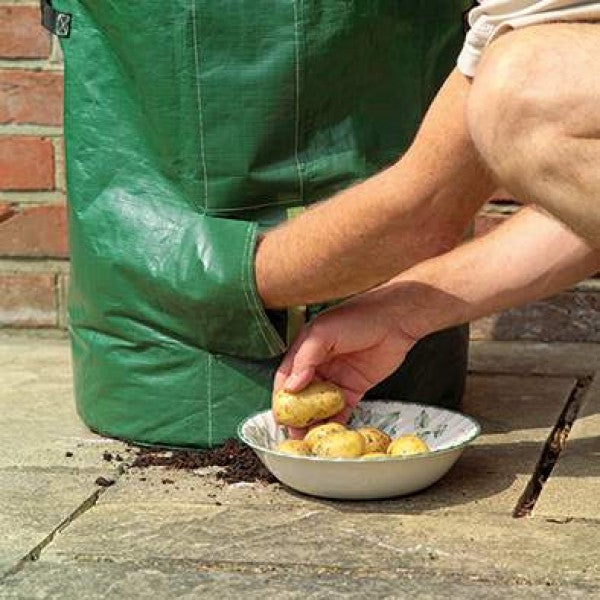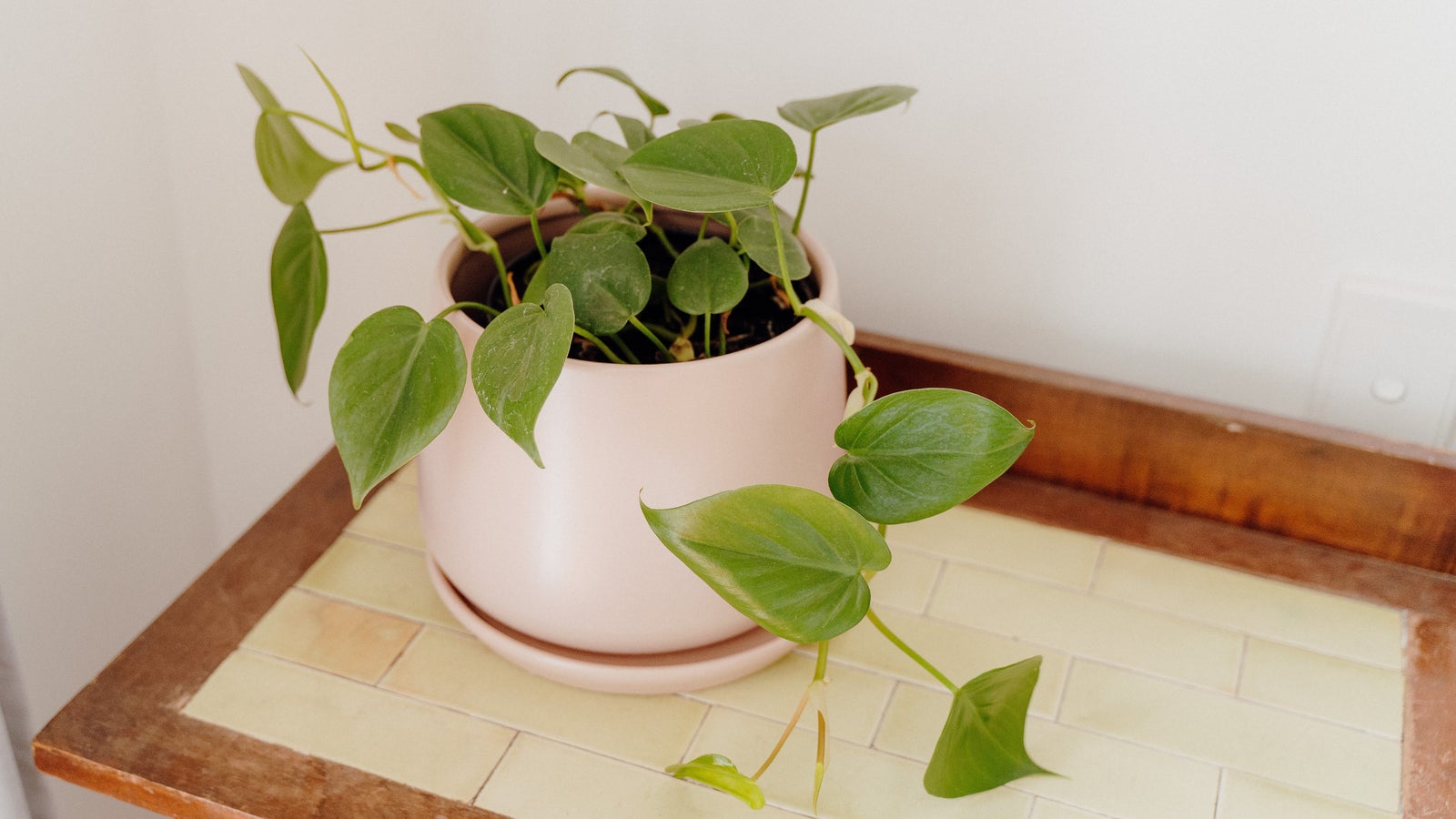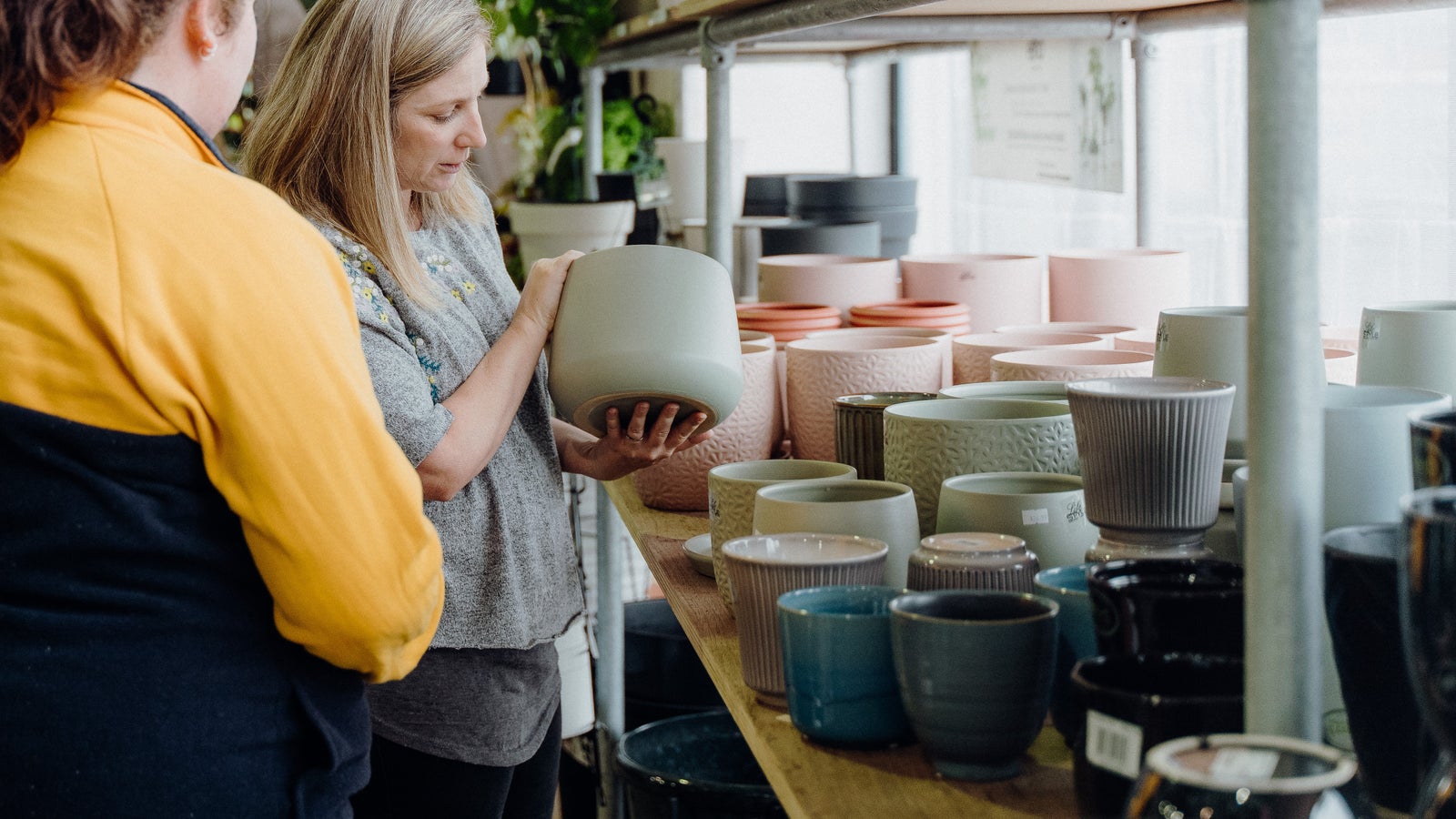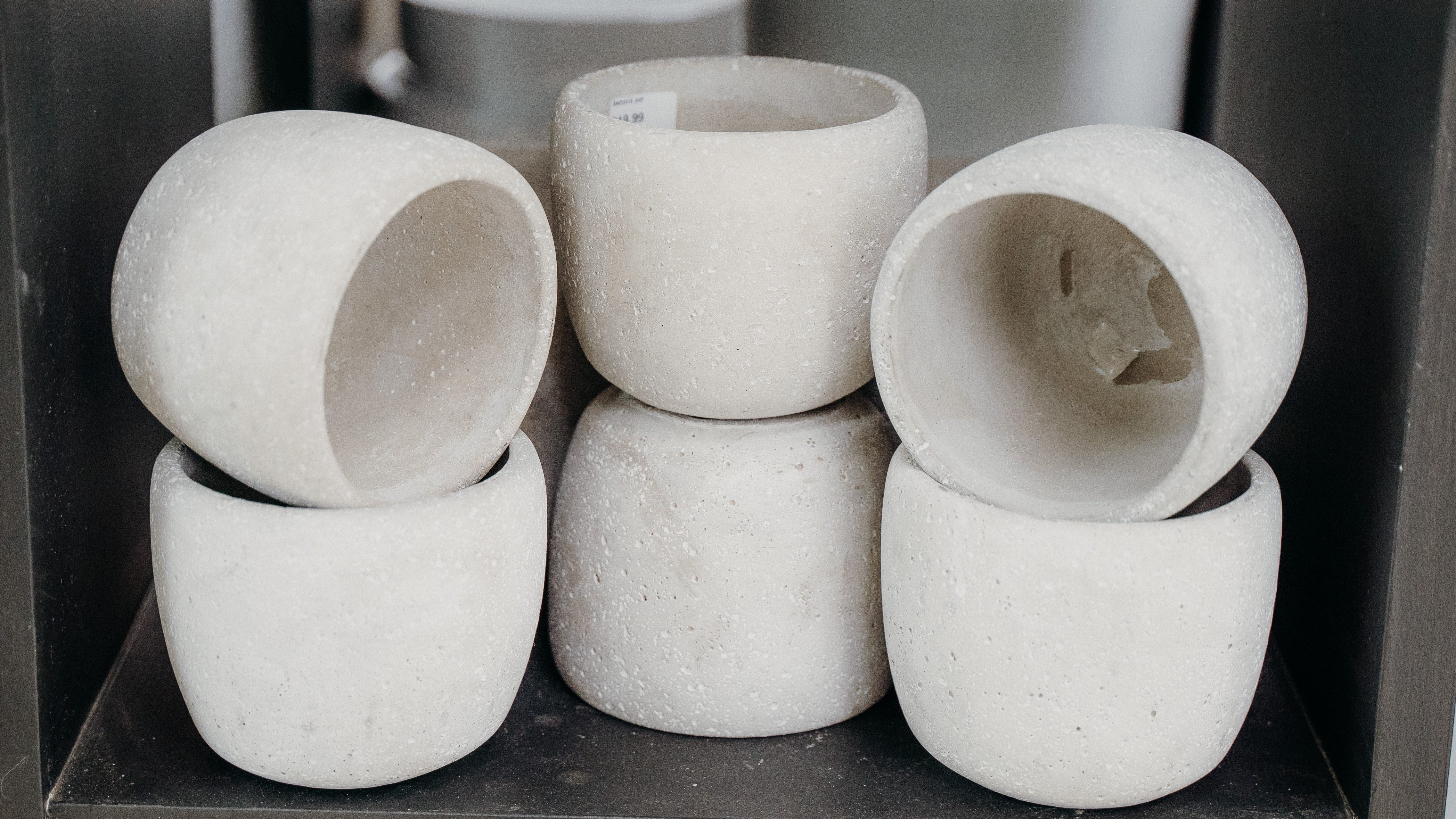
All About Pots
19 Aug, 2021
Choosing your pot
Choosing a pot is straight forward when you understand what different pots and containers do.
Here is a quick rundown on pot types and why you would choose different pots for different plants.
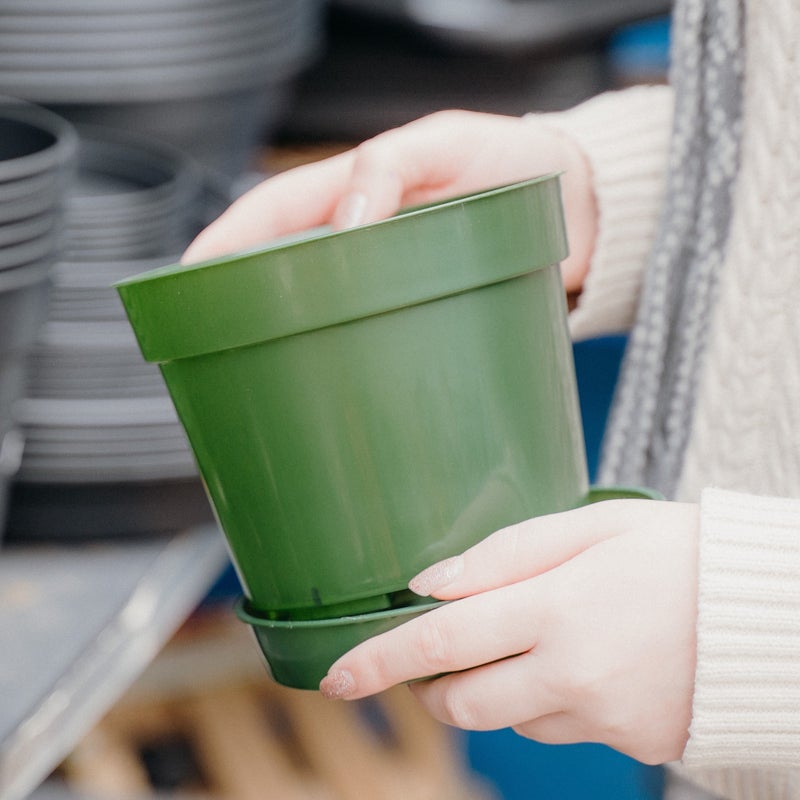
Plastic Pots
These are usually what plants are grown in, and can be repotted into. They are one of the cheapest and lightest solutions for your plant. These pots help keep moisture in, without leeching it (unlike terracotta pots) and smaller plants can be kept in larger pots long term (if you’re not sure about specifics, ask our staff!). We recommend washing them with warm soapy water before reusing them.
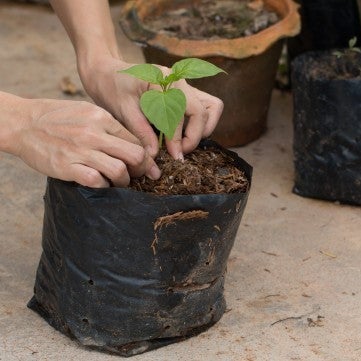
Planter bags
These are what some larger trees and shrubs come in – avocado trees, older shrubs or deciduous fruit trees. These bags are much lighter and cheaper, so are preferred by some suppliers, but the plants cannot be left in these planter bags for an extended amount of time. However, they are perfect for growing on smaller plants after propagation and are available in most of our stores. These are used by many plant nurseries.

Terracotta pots
Best used for plants that like to have minimal water, as terracotta pots are porous and will absorb moisture and heat up in the summer sun. We recommend planting cacti, succulents, annuals, bulbs and dry herbs (such as thyme and sage) in terracotta; anything that needs to retain a lot of moisture, such as ferns, should not be planted in terracotta pots. Note that you can use a sealant spray on the inside of these pots to help retain moisture too.
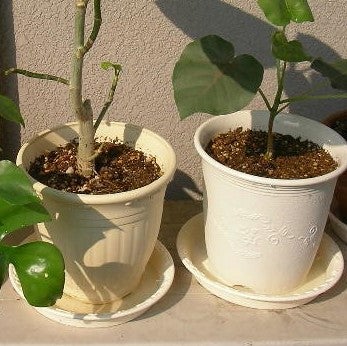
Ceramic pots
Ceramic pots are either handmade or industrial-made clay pots with glazing. Unlike terracotta pots they will not absorb moisture, but they will still warm up in the summer sun. Some plants prefer ceramic glazed pots as opposed to plastic pots. Try and choose a pot that does not have an over-hanging lip, as this may make it difficult to remove plants from the pot when wanting to replant into a larger pot.
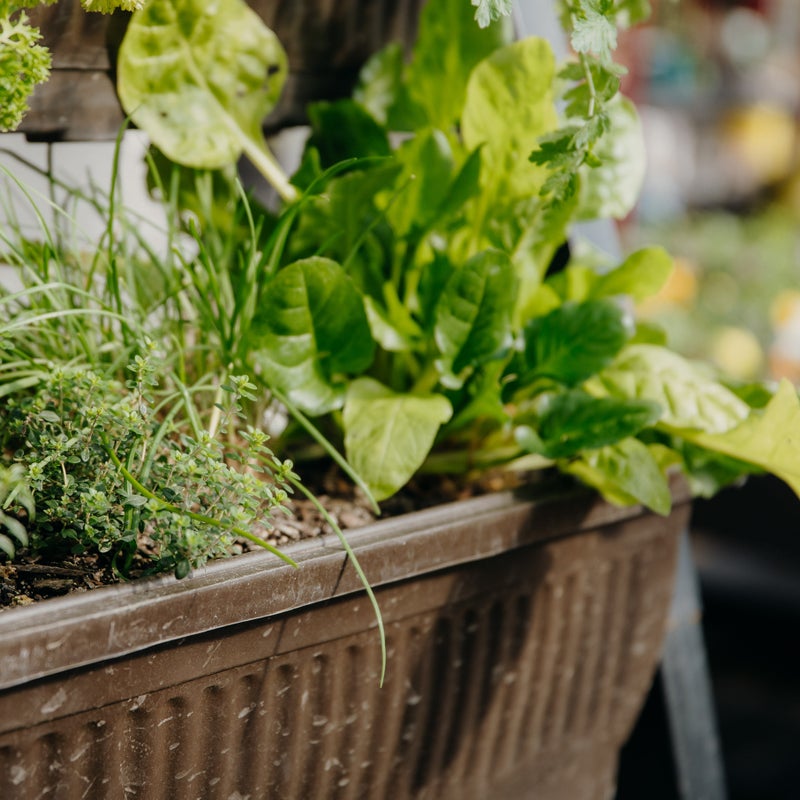
Troughs
Troughs are best for outdoor plants that need a lot of root space, but are still happy to be planted with other plants. These include hedging plants such as griselinia and small corokia, and also bedding plants, perennials, small shrubs and single-stem dwarf fruit trees such as ballerina apples. You can also use a trough as a mini raised herb or flower bed if you haven’t got a garden. Depth is important when growing trees or hedges in troughs, 40cm would be the minimum size.
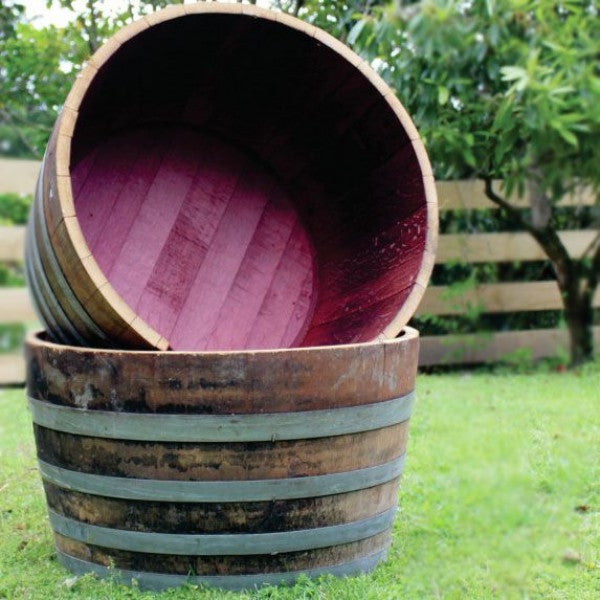
Half wine barrels
Half wine barrels are large enough to grow larger plants you couldn’t usually get away with if you don’t have a garden. These plants may include grape vines, tecomanthe vines, shrubs, dwarf citrus or other deciduous dwarf fruit trees. Always make sure you drill holes in the bottom for drainage before planting.
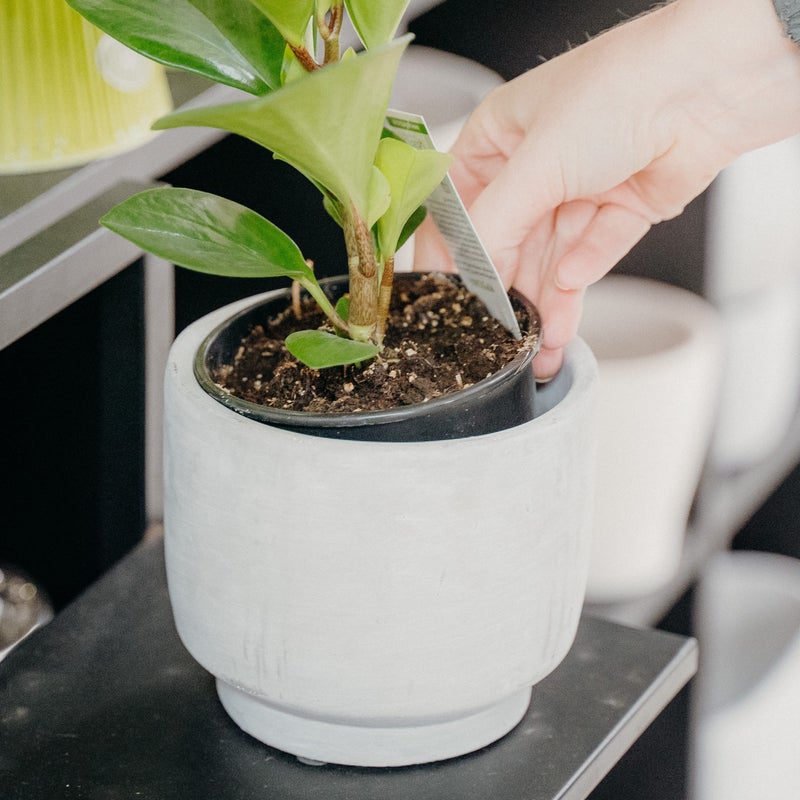
Cover pots
Cover pots are plastic or ceramic pots that do not have holes in the bottom for drainage. These are called ‘cover pots’ because you put a plant (that is already planted into a plastic pot) into a cover pot for a nicer look. This way the plant will have drainage holes, but looks beautiful on the outside and can easily be changed to different pots without having to repot your plant. Like saucers, cover pots will catch the extra water. However, always discard extra water inside the cover pots, otherwise this can cause roots to rot.
Holes or rocks?
Many people will have their own opinions on which is better for different types of plants.
We highly recommend planting into pots that have drainage holes. This way the excess water flows out of the soil and pot. If plants are grown in pots that do not have drainage holes, they are far more likely to die of root rot disease, or suffer from water damage such as browning or dropping of leaves.
Using rocks in the bottom is only recommended for terrariums, where drainage is not possible, and watering can easily be monitored through soil moisture through the glass. If you are looking at planting a terrarium, we recommend taking a look at this article for correct planting advice.
Saucers
Saucers have more than one practical use. As well as stopping the water from dripping all over the table, shelves or carpet, saucers can also be used to water specific plants. African violets, begonias, maidenhair ferns, cyclamen and carnivorous plants such as Venus flytraps and sundews enjoy being watered from the bottom of the pot rather than the top. In many cases this is due to avoiding crown rot, where the top of the plant gets too wet and starts to rot away. Ferns and carnivorous plants needs to have moist soil all year round, so topping up the saucers with around 3cm of water at a time will keep them healthy.
Mixes for growing in pots
Different mixes can be used for different plants and pots. Note that all Kings mixes come with slow-release fertiliser, with many of them slowly feeding the plants up to 6 months before needing extra fertiliser.
Dry plants
If you are looking at potting up plants that like to be on the drier side, use Kings potting mix, as this mix does not contain water-absorbent crystals. Potting mix is fine for cacti and succulents, most house plants, tuberous plants, bulbs and palms.
Outdoor potted plants
Most outdoor potted plants need to be well watered as pots hold less moisture than the ground. To help with this, use a mix such as container mix that contains water-absorbent (or Saturaid) crystals. Plant annuals, perennials, herbs, small shrubs or dwarf trees with this mix, and a little mulch on top will help keep water in for even longer.
Large containers, vegepods and troughs
Many of these containers are fine with a variety of mixes, including Living Earth Organic Veggie Mix, Garden Mix, Tui Strawberry Mix and Tomato Mix, depending on what you are growing. For example, Veggie Mix is best for growing veggies in as it is organic, Strawberry Mix and Tomato Mix have a higher Potassium (K) rating, which is better for fruiting plants.
Do not put compost into a pot as this will potentially burn the roots of your plants.
Watering
Pots need to be watered more. To help the soil retain more moisture (and depending on where you are keeping the pots) you can add extra Saturaid to the mix, mulch on top, or slow-watering products such as the Hozelock water cones.
